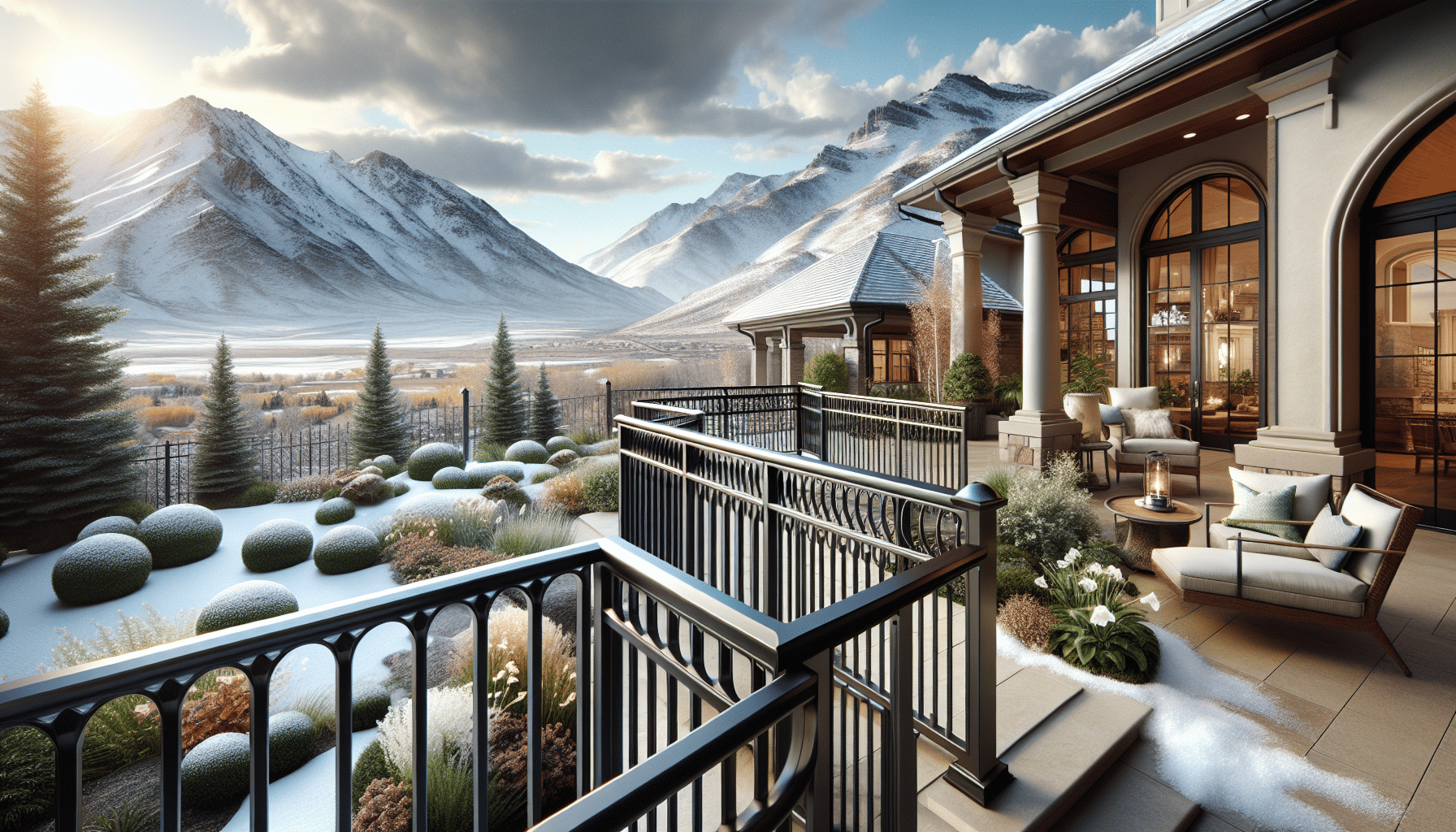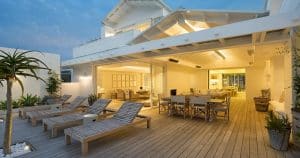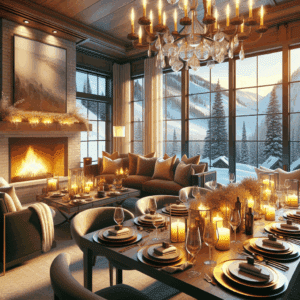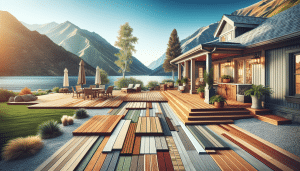You install a Railing for safety, sure — but most of us want something that looks good, lasts long, and doesn’t eat up our weekends. Fortress Railing has become a favorite around Utah for exactly that: clean lines, heavy-duty Materials, and low fuss. Whether you’re a weekend DIYer or a pro contractor in Salt Lake, Davis, or Utah County, there’s a good chance a Fortress system will save time and headaches — and maybe even keep a few neighbors jealous. You know what? That matters.
Okay, so what makes Fortress different?
Here’s the thing: on paper many railings sound similar. Aluminum, powder-coat finish, a few color choices. But Fortress mixes thoughtful engineering with real-world details — Steel where it needs to be, smart connectors, and profiles that hide wear points. It looks simple, and that’s deliberate. Simple usually equals fewer things to fail, fewer places water can sneak in, and less time sanding and repainting.
That doesn’t mean it’s boring. You can pair Fortress with glass infill for a modern view, metal pickets for classic lines, or cable for that clean, airy look. Mix and match, and the whole deck suddenly reads like a finished room instead of an afterthought.
Built tough — durability you can count on
Utah weather is not particularly shy: strong sun, dry heat, freeze-thaw cycles, and the occasional aggressive snow. Railing that survives here needs to shrug off UV, resist corrosion, and not creak itself into retirement after a few winters.
Fortress uses corrosion-resistant aluminum and quality finishes that stand up to sun and snow. In plain English: no rust-streaked posts after a spring thaw, and no flaking paint that makes your deck look tired. That’s not glamorous, but it’s everything when you’d rather be grilling than scraping.
Looks that last (and look good year after year)
Let’s be honest — a railing is part of the curb appeal. It finishes the look. Fortress gives you neat profiles, consistent color, and clean lines that don’t shout for attention but still make the space feel intentional. Want contrast? Choose black posts with clear glass. Going rustic? Pair darker finishes with composite decking like Trex or Timbertech.
Design-wise, the point is balance: durable without being bulky, refined without being fussy. That’s why homeowners who started with “something simple” often upgrade the whole backyard once they see the final result.
Safety, codes, and peace of mind
This is where contractors nod and homeowners breathe easier. Fortress systems are engineered to meet common residential code loads — strong enough to keep kids and pets on the deck and prevent that stomach-drop moment when someone leans on the rail. That said, local building codes vary (yes, even between Salt Lake, Davis, and Utah County), so double-check before you finalize plans.
Also: stiffness matters. A wobbly rail is a hazard even if it looks fine. Many installers prefer systems with solid post-to-deck connections and quality bracketry — areas where Fortress tends to score well. If you want to be extra careful, have your contractor show you attachment points and fastening methods before installation.
Installers and DIYers — what to expect
If you’re a hands-on homeowner who likes a Saturday project, Fortress can be friendly. Kits and pre-cut pieces reduce measuring headaches, but it’s not magically easy: accurate layout, proper drilling, and secure fasteners still make the difference between a weekend win and a re-do. Honest tip: take your time spacing posts and check plumb often — small mistakes compound quickly.
For contractors, the systems speed things up. Repeatable components, predictable fit, fewer field cuts — that’s time saved and fewer callbacks. And when you’re quoting, being able to offer a solid Aluminum Railing alongside composite decking helps close jobs. Plus, customers appreciate a tidy installation more than you might think. A neat job gets referrals.
Cost — yes, but think long-term
Price tags vary by finish, infill, and how many corners you have. Fortress isn’t the cheapest option out there, but it’s rarely the most expensive either. The trick is looking past initial cost. Low maintenance means fewer repaintings, less rust repair, and more weekends off. Over a decade, that adds up — and homeowners usually don’t regret spending a bit more up front for a product that doesn’t demand constant babysitting.
Also consider resale: a high-quality railing that matches modern aesthetics can punch above its weight on curb appeal. Buyers notice clean lines and a well-executed outdoor space. It’s one of those small upgrades that reads as care — and that sells.
Real-world tips before you buy
- Measure twice, cut once — even small mis-measurements can throw off panels and glass infill.
- Think maintenance: lighter colors hide scratches; darker colors hide dirt. Choose based on how much time you want to spend cleaning.
- Match materials: if you’re using composite decking, choose a railing finish and style that complements it (black tends to be forgiving).
- Check local permits — Salt Lake, Davis, and Utah County building departments all have specifics on railing height, openings, and load requirements.
Honestly, spending an hour with a contractor or an experienced installer will save you stress later. They see the tiny things that become big things — Joist locations, ledger conditions, that one awkward corner where water pools. You might think you don’t need the help, and sometimes you don’t — but sometimes a little pro advice keeps a project from turning into a weekend of swearing and do-overs.
If you’re ready to talk options for your deck in Salt Lake County, Davis County, or Utah County, we’d love to help. Call Utah Deck Supply at 385-993-5492, or Request a Free Quote — we’ll walk through styles, costs, and what fits your timeline. Deck season might feel like a long stretch, but a good railing makes every minute out there better.




